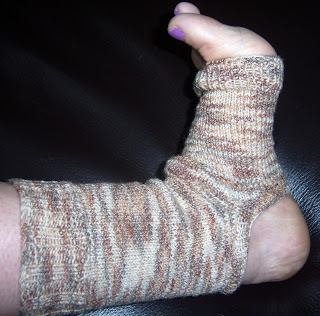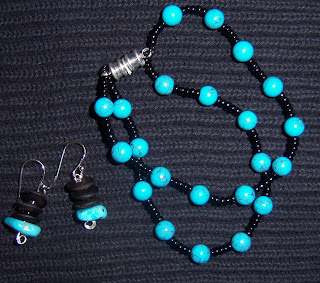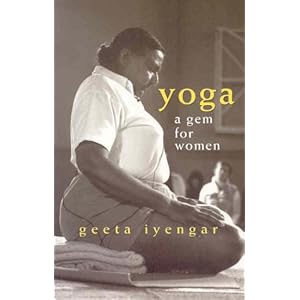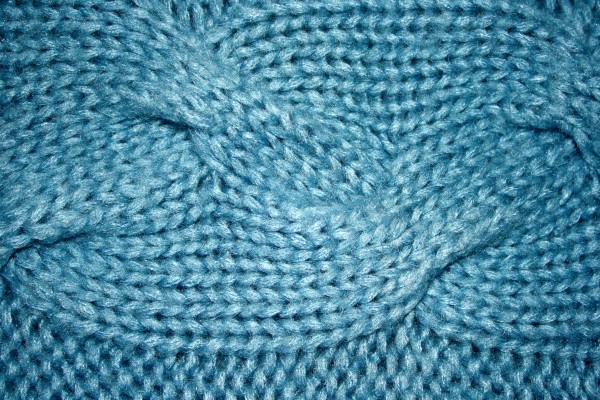I'm not much on setting New Year's resolutions. They seem arbitrary and demanding, not in keeping with the gentleness and kindness I believe is the root of yoga spirit. Resolving to begin an exercise programme when the thermometer hovers at -20C with a windchill of -30C or lower is asking for failure; planning goals for the year may trip us up if single-mindedness makes us blind to other paths. I prefer to focus on hope for a fresh start.
I hope to achieve some degree of open-minded awareness in all that I do, rather than rush through things just to get them done. I've been thinking about ways to combine my yoga teacher training and knitting classes. I know perfectly well that setting a goal of "open mind and heart" is far too general, so I need to find something within my grasp which will provide opportunities for expansion.
What I've come up with is mindful sock knitting. I love to knit socks. I have knit so many pairs over the years that I have my sock knitting formula down cold. It's mindless knitting most of the time, pleasant and productive, but habit can also lead to problems. (As it did in my previous post.) So what will happen if I set sock knitting as my meditation practice? How can I use sock knitting as a lesson in mindfulness?
I have a Sock Knitting Class starting in January, so I've been working on basic sock patterns for my beginning sock knitters. I want to be sure they can make the socks they want, using their own knitting styles and measurements. To do that, I need to knit plain socks and socks with a bit of a twist, modifications which help me to resolve problems my fledgling foot covering enthusiasts may have. How can I combine that with yoga practice? As a start, I can knit yoga socks.
There are many pretty yoga sock patterns available, most of them based on knitting a plain sock, omitting the heel and toe of the sock so that the heel can be firmly planted and the toes spread wide. This works, but I have several problems with hand made yoga socks. They need to be tight, tighter than regular socks, but with enough room so that circulation isn't impaired and that the foot can flex and pivot. Since leg circumference is larger than foot circumference, the number of stitches for the foot should be smaller than the number for the leg, so extra decreases will have to occur to fit both:
The socks need to be light enough to be rolled off the foot without being too bulky:
Since the heel of the foot is wider across the back than it is near the arch of the foot, simply casting off and on the same number of heel stitches can make the fabric too tight across the back of the heel and/or leave extra fabric at the instep:
The socks need to be light enough to be rolled off the foot without being too bulky:
Since the heel of the foot is wider across the back than it is near the arch of the foot, simply casting off and on the same number of heel stitches can make the fabric too tight across the back of the heel and/or leave extra fabric at the instep:
 |
| Notice how the back of the heel is wider than the beginning of the arch. |
There also needs to be some accommodation for the instep, so that it is neither too bulky or so tight that the corners of the heel stitches stretch out and break, especially when the foot is active:
Simple mindfulness practice drew my attention to the complexities of a well-knit yoga sock. What do I have to show for it? Well, there's this, the prototype:
It's a goofy looking thing, but I've been wearing it around the house and, so far, it works. The sock stays up; it's comfortable, tight, but not too much so and it does what I want it to do as I practice. It's not perfect-I'm not satisfied with the instep and, while the yarn blend is excellent (a cotton/wool/elastic blend), I don't care for the way it patterns. Still, I'm off to a good start and that's all I ask.
If I can gain awareness from such a small thing, perhaps that awareness will transfer to my life as it unfolds. That's my hope for the New Year. Oh, yes, I also hope to finish the second sock, preferably before midnight, so that I can start fresh.
All the best in 2013!
Namaste.














































